Murphy’s law says, “Anything that can go wrong will go wrong," and this quote fits the current environment of social media a little too well. For better or worse- any idea, ad copy, or crisis could trigger a reactionary tendency among users. So, how are you to respond when a crisis comes your way?
Here’s the good thing- there is a way for you to be prepared for when the toast falls buttered side down. This piece gives you the lowdown on how you can perfect your company’s crisis communication strategy.
Here's an overview of the contents of this article:
What Does Crisis Mean For Brands?
Infographic On The Steps To Communicate During A Crisis Using Social Media
5 Steps To Communicate During A Crisis Using Social Media
In Summary
You can directly jump to a section of your choice or keep scrolling.
What Does ‘Crisis’ Mean For Brands?
For a brand existing online, a crisis can be attributed to natural calamities, pandemics, the economy, cybersecurity, and the company’s actions. It helps to understand crises in terms of those having internal and external origins.
Broadly speaking, internal crises can arise due to employee misconduct, financial bankruptcy, failure of products, etc. Events such as recession, natural calamities, disturbances in the supply chain, etc., constitute external crises. The COVID-19 pandemic, for example, was an external crisis that put to the test the capability of the internal management of organizations.
Companies had to deal with changes in productivity, workflow management, employees' mental health, and more. People across countries took to social media to talk about work culture and burnout.
As a result, any brand that stepped in to ease the burden of employees came to be celebrated on social media. To quote an instance, online media took cognizance of the fact that Pepsico hiked the pay of their frontline workers and introduced paid caregiving benefits.
To sum it up, any significant event or action on the radar of reputation merits attention and response in social media.
Here's the timer to fix that social media snag.
Adrian Dearnell, an advocate of the Communic8 system, says, “First, you need to respond quickly, especially in a day and age where social media accelerate reactions: about 15 minutes to address a crisis breaking on Twitter, 30 minutes on Facebook”.
Think of it this way- the exercise of establishing a crisis management protocol is also an important step in understanding your social media ROI and what the audience metrics mean in light of the events surrounding the brand. It really is business all the way.
Infographic On Steps To Communicate During A Crisis Using Social Media

5 Steps To Communicate During A Crisis Using Social Media
Here are the five steps to communicate during a crisis using social media.
- Have an SOP in Place
- Manage Negative Reactions
- Reschedule Regular Posting activity
- Communicate with Stakeholders
- Decide the Course of Action
You can directly jump to a section of your choice or keep scrolling.
1. Have An SOP In Place
The first thing you want to do is put together a clean-up team for when things hit the fan. Beyond your good ol’ social media soldiers, your team is going to need a fairly diverse panel of people, a cybersecurity expert, and a legal advisor.
You must establish a standard operating procedure and appoint a crisis communication leader who will report to a senior executive of the company to take a call on decisions. Not only this, but you also need to set the responsibilities for every team member upfront so everyone clearly understands their roles during a crisis.
You can use Statusbrew to give read or write access to select team members to communicate across platforms.
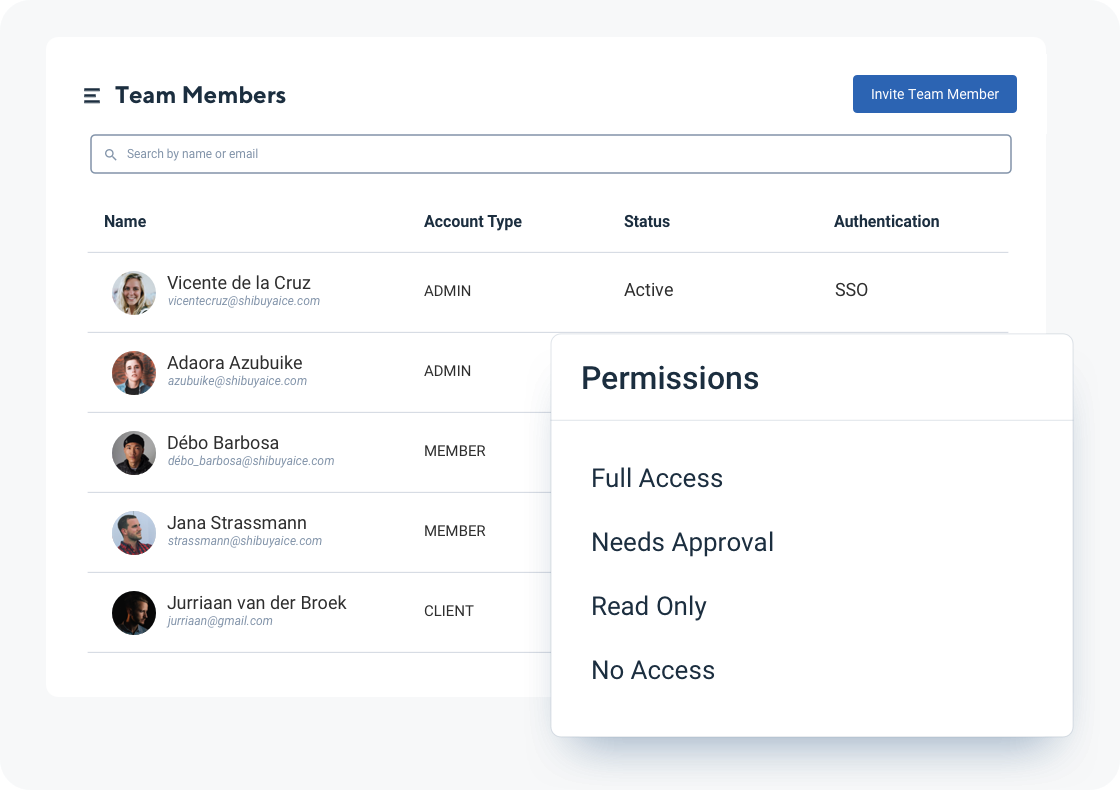
Optics are everything during times like this. Your brand must be seen walking the talk, and every action must be in line with the overall language of the brand. Experts across fields agree that transparency and authenticity in the company’s response can salvage the situation.
What Your Social Media Team Can Learn From The Equifax Fiasco
Remember in 2017 when credit-rating giant Equifax had a security breach that compromised the data of 147 million people? PR pundits regularly cite this example to educate companies on how not to handle a crisis.
Equifax waited six weeks to come clean about a cyber threat that affected more than 40% of the U.S population. Worse? They tweeted “Happy Friday” one day after the catastrophe. Always read the room.
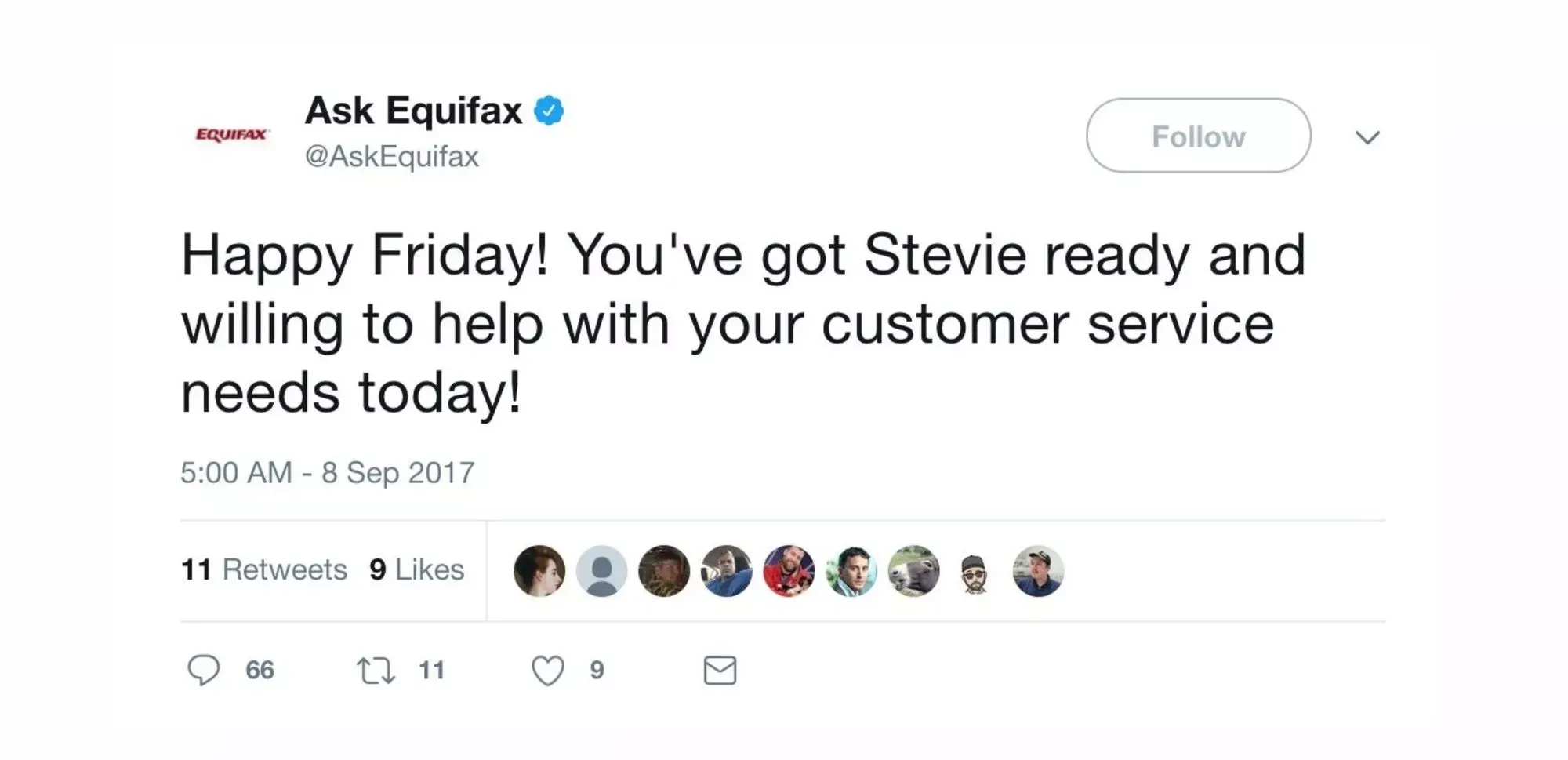
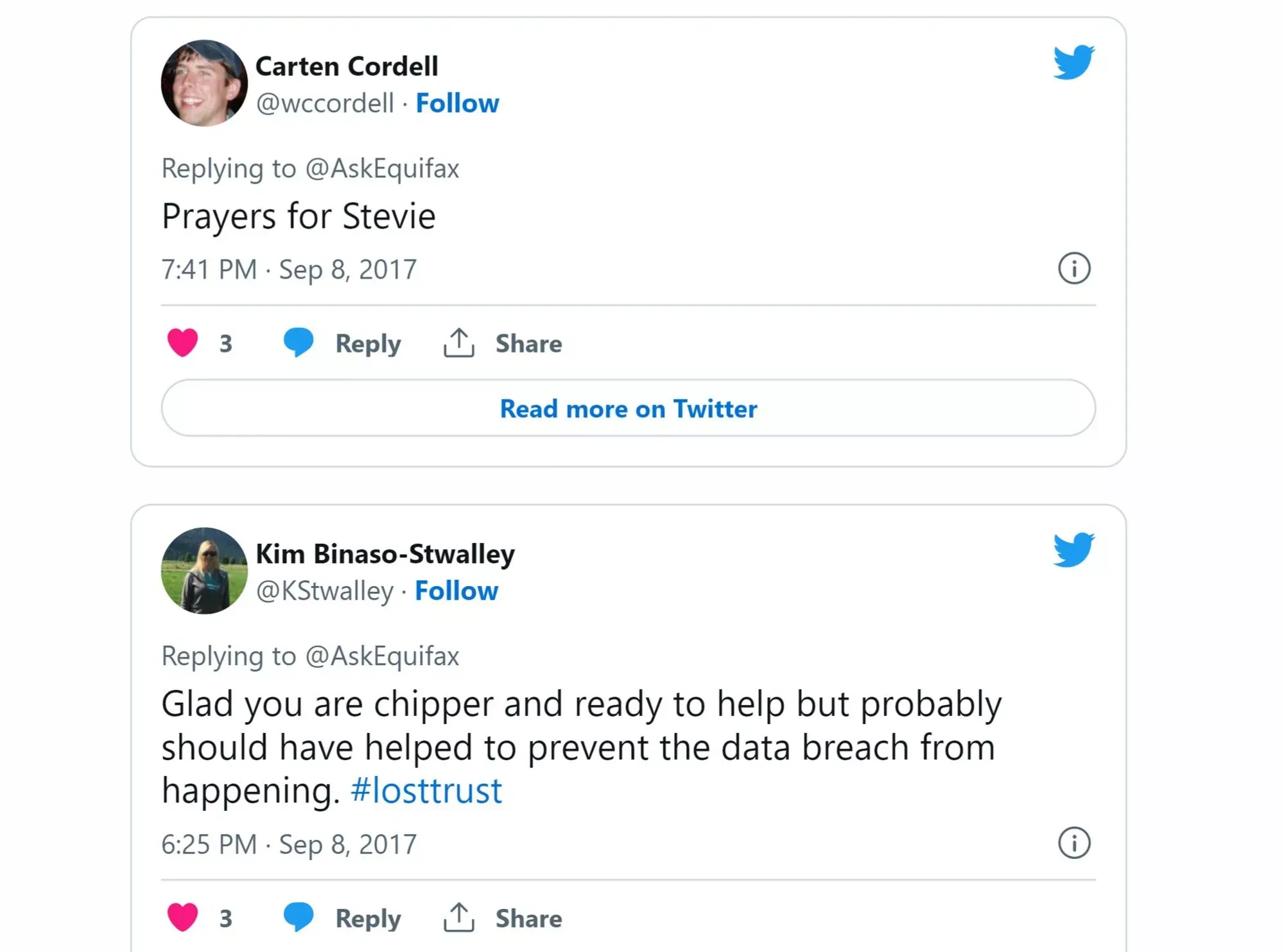
Had Equifax followed an established crisis management protocol, they could have halted the (possibly scheduled) post. This might seem like a minor oversight, but for the weight of the issue. Media agencies and online audiences are waiting for the next slip-up to tweet about. Unfortunately for Equifax, the story doesn’t end here.
In the wake of the data hack, the company introduced something called a ‘potential impact’ system, where consumers could check if their data was breached. All good, except the results were unreliable and frustratingly vague for panicked users. The question stops being about whether Equifax’s Happy Friday tweet was right or wrong. It added to the general air of incompetency surrounding Equifax’s image.
2. Manage Negative Reactions
The gift of social media is the chance to take advantage of the feedback loop to create engaging content. It’s only natural that this loop might not always work in favorable ways. How you manage a controversy will be remembered by the internet for years to come. So what do you do if a video that your company worked on for months is not sitting well with your audience?
The first thing to remember is that it's usually not a great idea to panic and disable comments. Instead of the conversation being fairly contained in the comment section, people will take to their personal accounts and stories to express themselves. This creates a chain reaction of anger and opinions that may stray from the truth.
Misguided Social Media Practices To Avoid (The Pun Is Strong With This One)
Earlier this year, clothing brand Missguided drew the ire of customers for disabling comments on Instagram amid a financial crisis owing to which they couldn't fulfill orders. Shoppers didn’t get their refunds, and predictably, they didn’t pass up the opportunity to unleash their disappointment in the consequent posts of the brand.
Deleting comments online hardly solves anything if the original problem hasn’t been rectified. What you can do instead is, get in touch with your ‘crisis clean-up committee’ to formulate a response and pin it to the comment section.
This is so that the brand’s position is always clear and no rumor or misinformation is being spread around. Internet noise can sometimes inadvertently lead to the circulation of false information, which is harder to clean up.
Here’s one example of a pinned comment on Instagram.
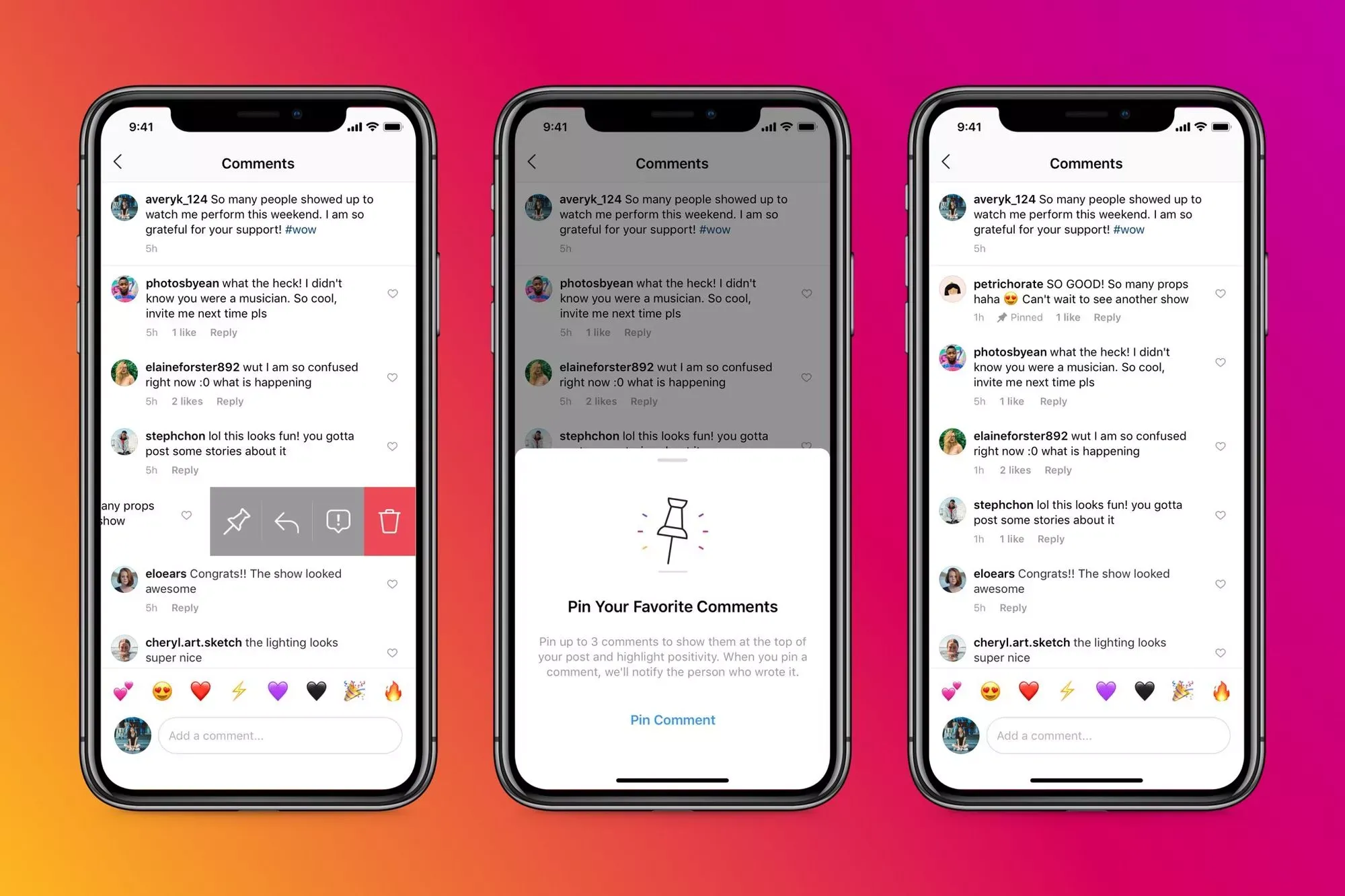
That being said, some controversies may be too inflammatory or constitute harassment to the parties involved. In these cases, disabling comments may be the only way to keep the situation under control. Alternatively, a middle ground would be to hide comments so that the moderator can later choose to respond appropriately.
You can use Statusbrew to implement a comment management protocol, moderate comments on YouTube, Instagram & Facebook, and other platforms.
3. Reschedule Regular Posting Activity
You need to pause all posts in the wake of a setback and address the elephant in the room. It is important to monitor the conversations that are happening across channels to gather public sentiment.
Assuming that your social media calendar was based on a market strategy, you have to understand that the strategy is no longer valid as the circumstances have changed.
As seen in the Equifax case, it now seems like an obvious step to halt and reschedule social media posts. If a brand hasn’t established the sequence of actions as a protocol to handle the situation, chances are that very obvious and important steps might be overlooked.
A tone-deaf post during a sensitive situation is only going to alienate your audience. People don’t want to hear about your ‘exciting new offer on winter coats!’ when you have a PR crisis to handle. ‘Cancel culture’ is kind to nobody.
The online audience is now in an era that encourages being hyper-aware and reacting to any information that one encounters. This, coupled with an atmosphere of distrust, sets a high benchmark for brands.
With a user interface that gives you an overview of the content schedule and stats, rescheduling your posts is easier with Statusbrew.
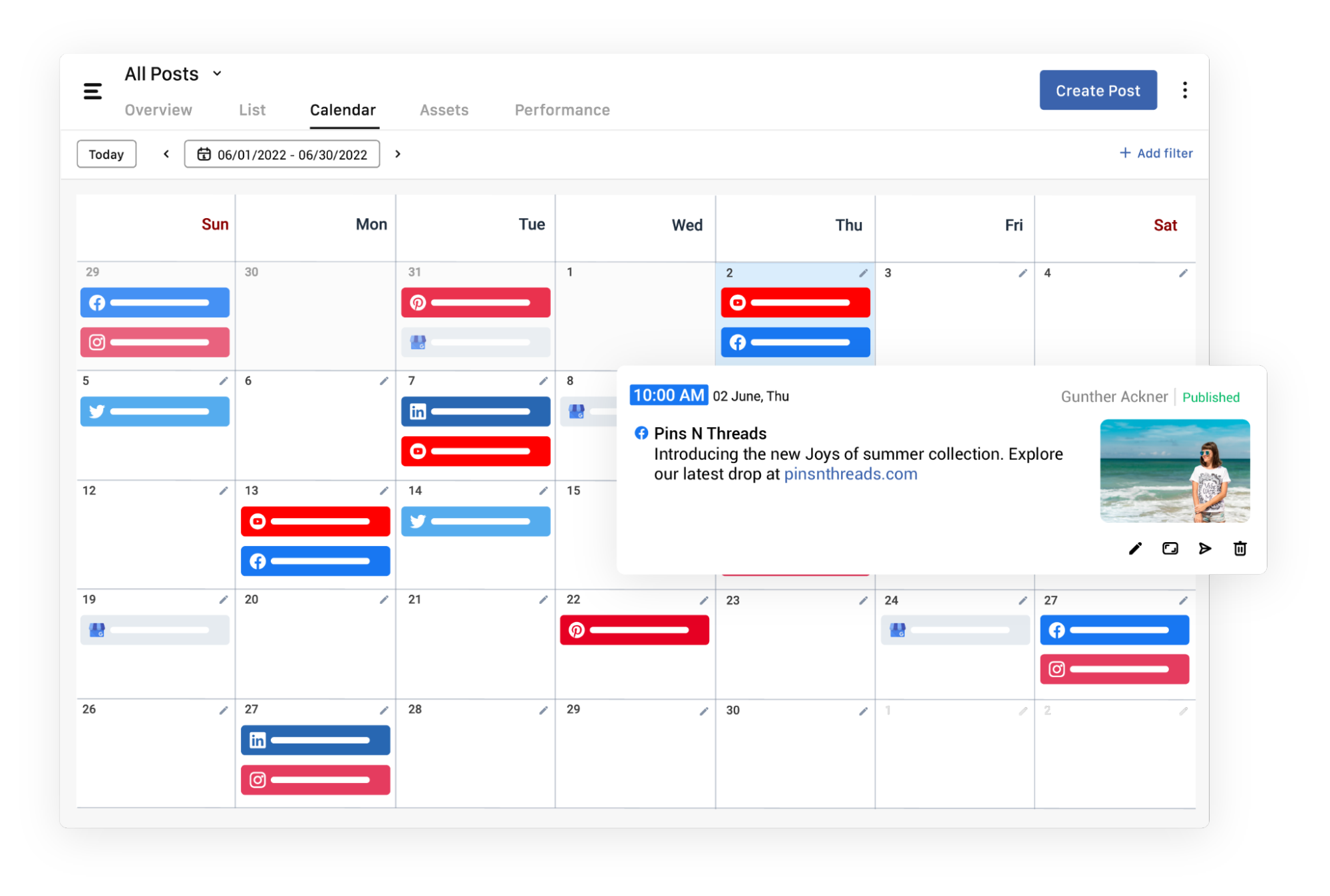
Create content that authentically and empathetically addresses the moment without being too engaging and swayed by every single viewpoint. This way, your brand demonstrates accountability, which significantly impacts dialogues surrounding the situation.
4. Communicate with Stakeholders
Keeping your employees informed in the wake of a problem is a smart and responsible thing to do. Companies inadvertently cause damage by way of miscommunication and miss out on employee advocacy by keeping their internal stakeholders in the dark.
Structures of hierarchy that create bottlenecks in the communication of crucial information should be identified to create an appropriate internal crisis communication structure.
People want results, and it is important to communicate your commitment to resolving the situation. Here’s an example of how a proactive communication strategy can be a diamond in the mine for your brand image
A Lesson Learned From Southwest Airlines: Showing Up Can Save The Day
Southwest Airlines’ nose landing that left 9 people injured turned into a test of customer engagement for the company. The brand’s timely response on Twitter and Facebook came as a relief to distressed customers.


A good tip to manage internal communications during a crisis is to narrow down communication channels and points of contact. Who/which department is the source of information, and what authorizations should be enabled to tackle the problem? These areas could greatly benefit from having a plan in hand.
Depending on the issue at hand, you might need to ask your employees across departments to defer from commenting or, in contrast, use an employee advocacy strategy to promote information in favor of the organization.
As a general policy, keeping your stakeholders in the loop builds trust, especially when it's tied to your share price in the stock market.
5. Decide the Course of Action
As important as it is to address the crisis, you can’t let your team get disheartened in expecting immediate results. There is no quick fix, and it is important to set internal and external expectations.
History will tell you no brand worth its salt has ever escaped a pickle without leaving traces behind. If anything, your company’s way of handling the crisis won’t go unnoticed.
It sets a precedent for your brand image, and the tables might just turn in your favor. Plan your next course of action to address or rectify the issue, and communicate it to your shareholders. The onus is on the company to explain the solution in a way that is understandable to all parties.
The Sephora Case: What Is Accountability In Action?
In 2019, Grammy-nominated singer SZA tweeted an instance where she felt racially profiled at Sephora, a makeup and skincare store.
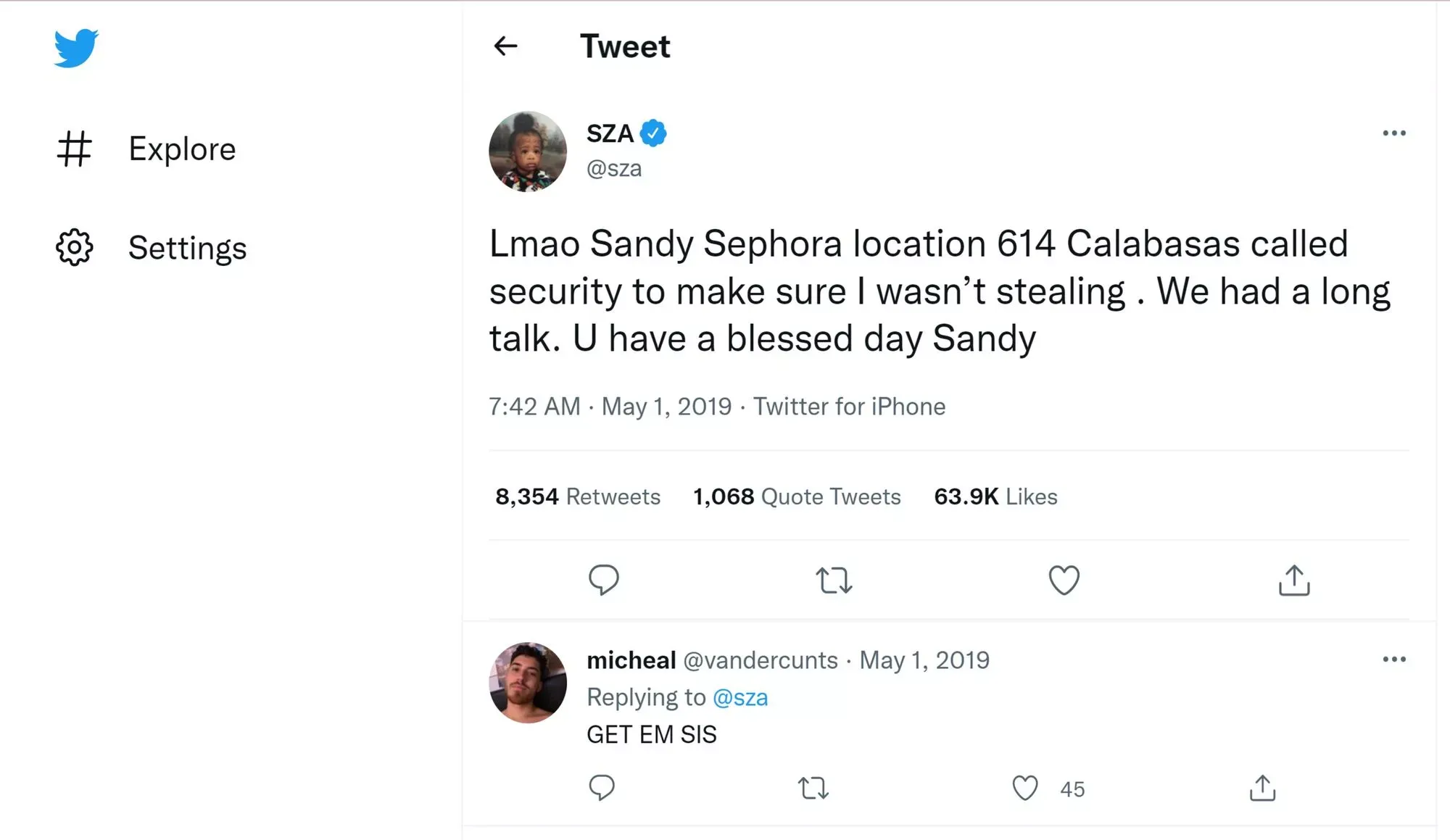
Sephora immediately tweeted an apology and went on to shut 460 odd U.S. stores to conduct diversity training programs for their employees. Sephora wrote out an email statement to Reuters, saying, “We take complaints like this very seriously, profiling based on race is not tolerated at Sephora.”
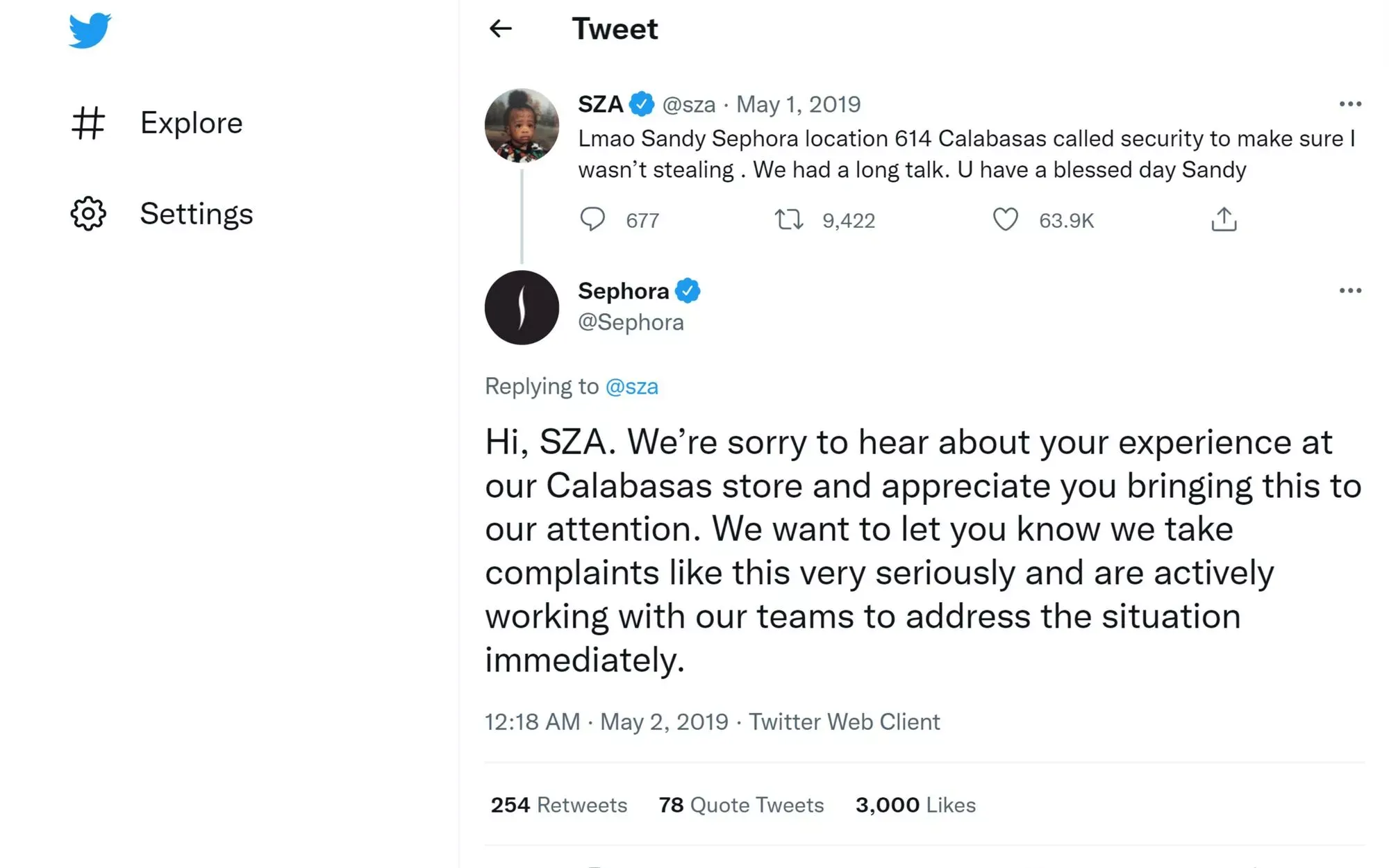
This tweet is enormously important in terms of demonstrating accountability and taking affirmative action.
The fact that it took an online tweet by a BIPOC person for Sephora to undertake internal diversity training for its employees shows how seamless online and offline paradigms are.
Keep your receipts ready, and acknowledge any internal failures on your part. The key is to anticipate and select the questions that warrant a response.
In Summary
No company dreams of a crisis. Yet, a high-impact crisis is a high-stakes game that creates the opportunity to make a mark. If your company is prepared, you can sail smoothly with little to no impact on customer retention.
You now probably recognize the value of good social media governance and risk management. Statusbrew provides intuitive workflow solutions so brands can focus on building their business even during times of crisis.
Statusbrew is an all-in-one social media management tool that supports Facebook, Instagram, Twitter, LinkedIn, YouTube, and even Google My Business.




Explore the Statusbrew range of social media tools
Cancel anytime!